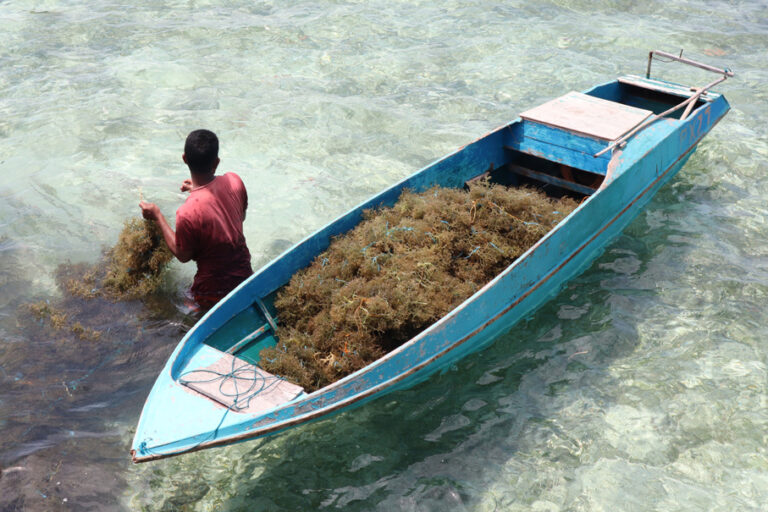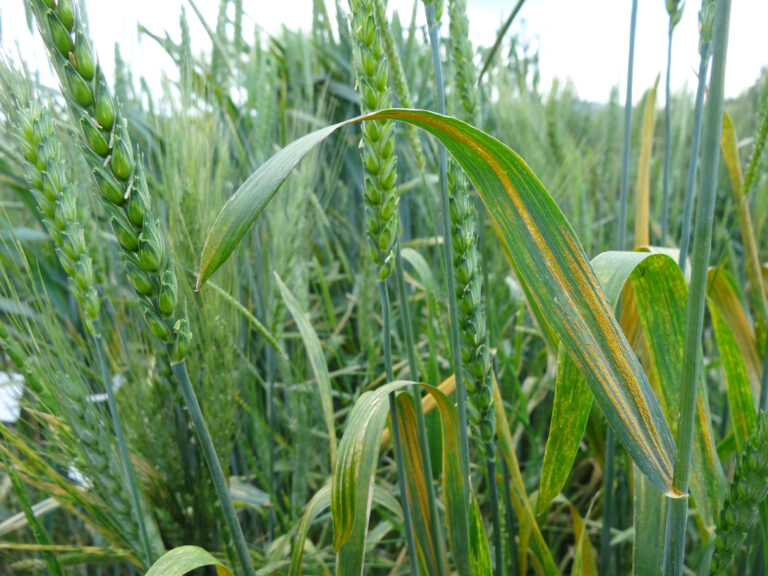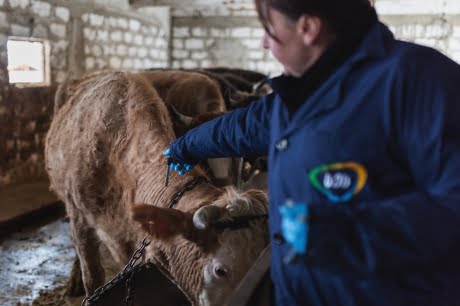FAO latest update on locusts
The current Desert Locust situation remains extremely alarming and represents an unprecedented threat to food security and livelihoods in the Horn of Africa. This will be further exacerbated by new breeding that has commenced, which will cause more locust infestations.
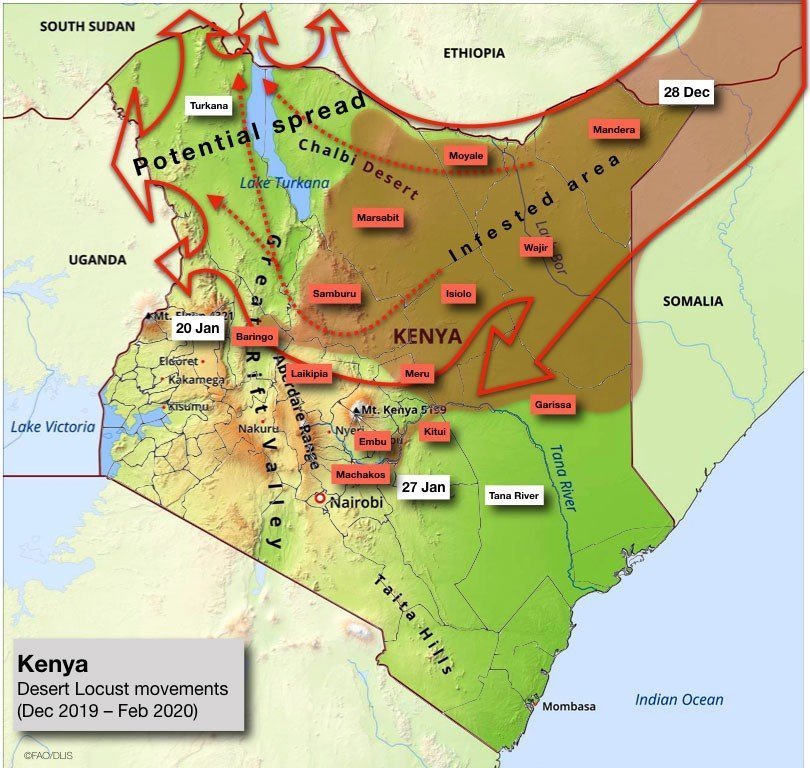
Kenya. Immature swarms continue to arrive in the northeast and move throughout northern and central areas, having invaded 13 counties to date. Some swarms have started to lay eggs that will hatch in early February and new swarms could start to form by early April in northern counties. Although a few swarms have reached the Rift Valley, they are likely to remain in northern areas. Aerial and ground control operations are in progress but need upscaling. Further movements are expected in Turkana and central counties.
Ethiopia. Swarms continue to be present throughout eastern areas, including the Ogaden, while some continue to move to the south and into the Rift Valley. Another generation of breeding will increase locust numbers further. Aerial and ground control operations are in progress but need upscaling.
Somalia. In the northeast, hopper bands are present and swarms are laying eggs where hatching and further hopper band formation are imminent. Other swarms have been reported in the south near the Kenya border.
South Sudan and Uganda. As the nearest swarms are about 200 km away in Kenya, a few of these could appear at any time in the coming days in the extreme southeast of South Sudan and, to a lesser extent, in northeast Uganda.
In addition to the Horn of Africa, there are several other hot spots where important Desert Locust infestations are developing.
Djibouti. A few swarms were reported near Ali Sabieh and the Ethiopian border. More details are awaited.
Eritrea. Ground control operations are underway against hopper groups that are fledging and forming adult groups on the northern and central coast. At least one swarm arrived on the southern coast near Assab on the 20th either from Yemen or Etiopia.
Sudan. Locust infestations are increasing on the Red Sea coast where hopper bands have formed and mature swarms are laying eggs. Aerial and ground control operations are in progress.
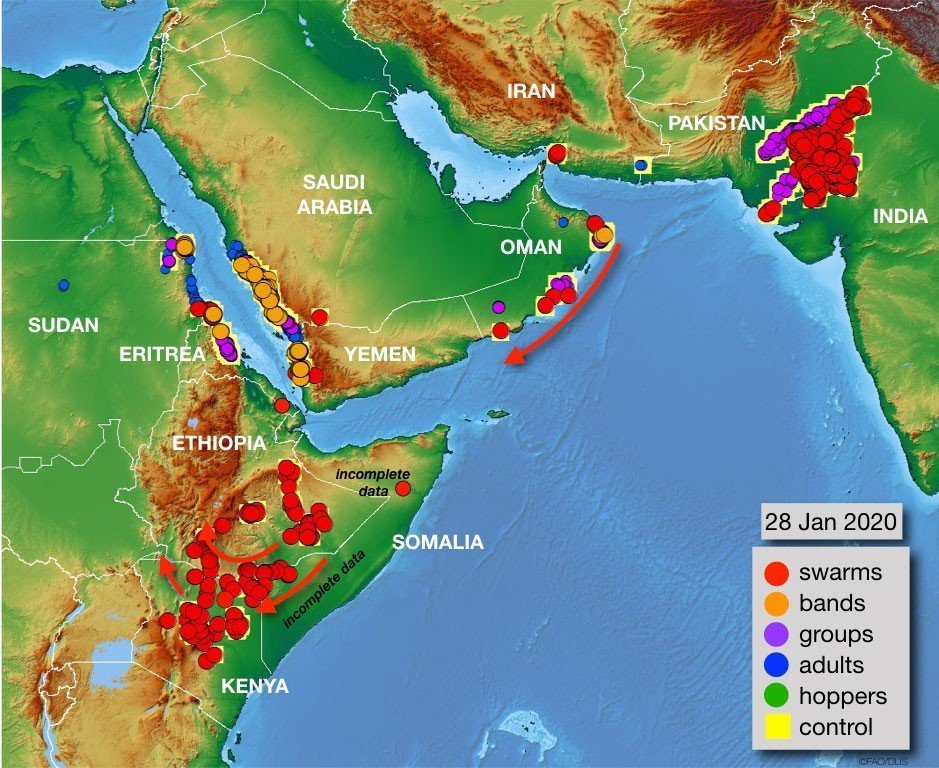
Oman. Ground control operations continue against hopper bands and several swarms in the northeast. A few small swarms migrated southwards along the eastern coast, reaching Salalah.
Saudi Arabia and Yemen. Hopper bands have formed along Red Sea coastal plains from Jeddah to Hodeidah, many of which have fledged and formed immature groups of adults that are maturing. Immature swarms formed in Yemen on the coast and some moved into the highlands. Another generation of breeding will cause locust numbers to increase further. Aerial and ground control operations are in progress in Saudi Arabia while limited ground control has been carried out in Yemen.
Iran. Swarm breeding is thought to be underway along parts of the southern coast.
India/Pakistan. Control operations continue against residual summer-bred swarms along both sides of the border.




